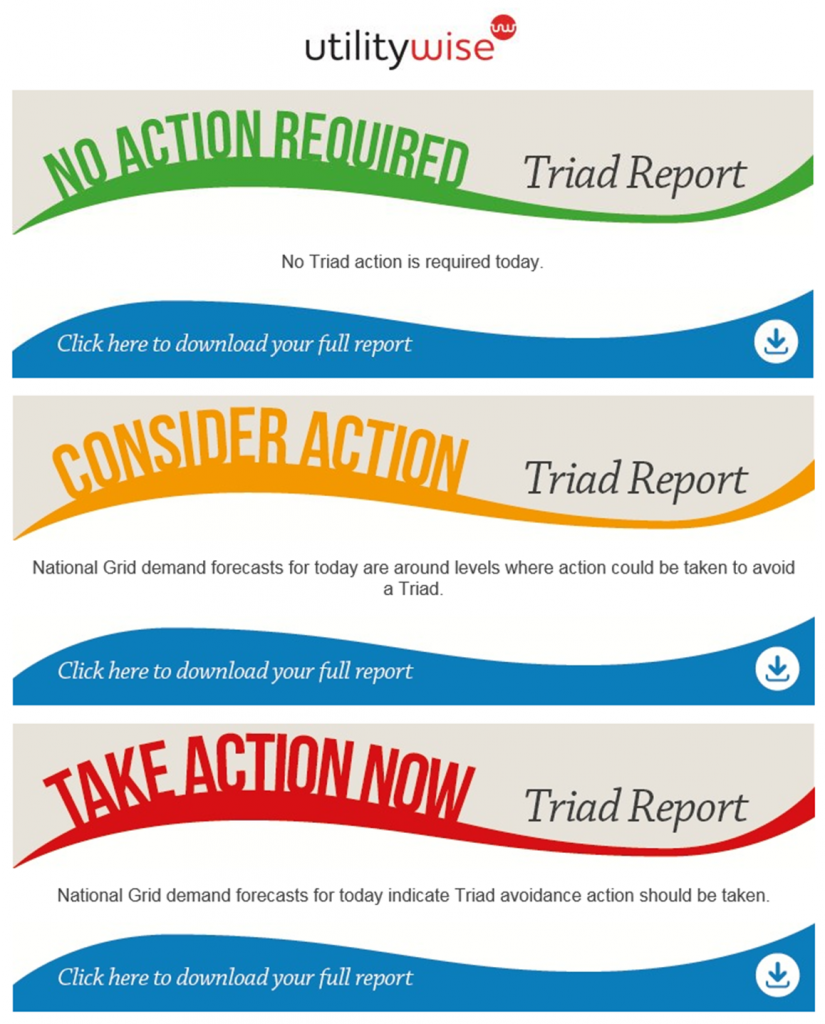What are Triad periods?
During the winter the UK’s electricity network sees exceptionally high peaks in demand. It is difficult and expensive to meet this demand, and less favourable forms of generation are required. The carbon intensity of electricity generation at these times can be 30% higher than average.
The National Grid identifies three Triad periods each year (covering the highest peaks of electricity demand) and places additional charges onto consumers according to their consumption during these periods. For the Southern region, electricity Triad periods in 18/19 will cost £53 per kWh (compared to a forecast annual average of £0.12 per kWh).
Check out the National Grid's web pages for more detailed information.
When do they occur?
Triad periods fall between November and February and there must be at least ten days between periods. They normally occur between 4pm and 6pm on weekdays, and over the last two years five out of six of the Triad periods have fallen on Mondays.
Each morning we receive an alert identifying the risk of a Triad falling that day. Historically these have proven to be accurate, with the three periods last year falling within the fifteen high risk days identified.
How can we avoid them?
When we get a high risk alert we'll communicate this via social media. Check out this page for simple actions you can do to help reduce electricity when it matters most.

